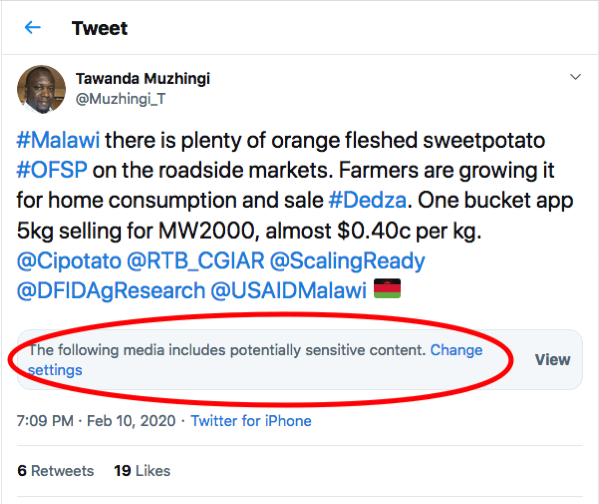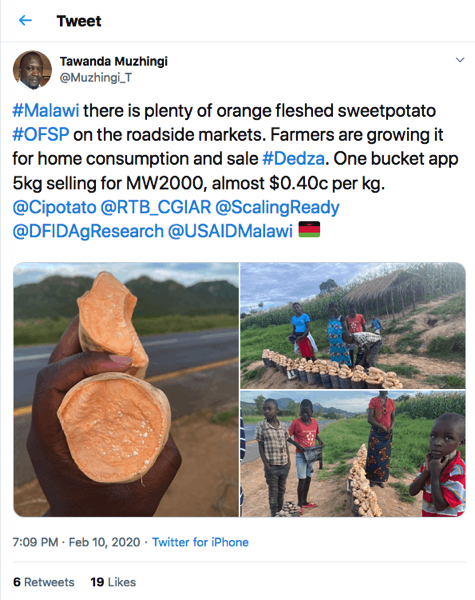- Against the grain? A historical institutional analysis of access governance of plant genetic resources for food and agriculture in Ethiopia. Culture, economics and politics.
- Early Pastoral Economies and Herding Transitions in Eastern Eurasia. Everything changed around 1200 BC. Starting in Mongolia.
- Genetic diversity within and between British and Irish breeds: The maternal and paternal history of native ponies. Diversity within breeds being maintained, global haplotypes well represented, but a couple of breeds pretty unique. Long way from Mongolia.
- Diversity buffers winegrowing regions from climate change losses. Gotta change your cultivars.
- Contribution de la biodiversité à l’éco-oenotourisme des vignobles héroïques: atouts et perspectives. You can’t change your cultivars.
- Marker-assisted selection in a global barley (Hordeum vulgare subsp. vulgare) collection revealed a unique genetic determinant of the naked barley controlled by the nud locus. One genetic variant, from East Asia, makes barley naked.
- Morphological diversity within a core collection of subterranean clover (Trifolium subterraneum L.): Lessons in pasture adaptation from the wild. The Australian cultivars have similar morphological diversity to the core collection, and several morphological characters are probably adaptive.
- Genome-wide genetic diversity is maintained through decades of soybean breeding in Canada. After an initial decline, though, and there’s more out there.
- Evaluation of genetic diversity, agronomic traits, and anthracnose resistance in the NPGS Sudan Sorghum Core collection. 10% country subset of a 10% core subset of >40,000 accessions contains multiple anthracnose resistance sources, and lots of other diversity.
- Phylogeny and conservation priority assessment of Asian domestic chicken genetic resources. 7 clades, 3 centres of origin, northern Yunnan the highest priority for conservation.
- European and Asian contribution to the genetic diversity of mainland South American chickens. Alas, no evidence of a pre-Columbian Polynesian contribution. Yunnan, that’s another story.
- Arbuscular mycorrhizal fungi affect the concentration and distribution of nutrients in the grain differently in barley compared with wheat. Differently as in opposite directions.
- Molecular and Morphological Divergence of Australian Wild Rice. Including a putative new taxon.
Nibbles: Costs edition
- What should food cost? Enough to support genebanks and breeding, natch.
- What would sustainable coffee cost? Including genebanks and breeding, I hope.
- And sustainable bananas? Including genebanks and breeding, of course.
Nibbles: CWR book, Seed pix, Distilling, Sorghum, Posters, Self-sufficiency
- E-book on using crop wild relatives in breeding.
- The aesthetics of conserving seeds.
- The best corn for whiskey.
- Going back to sorghum in Kenya.
- Another take on how to make a cool scientific poster.
- One way to crunch the numbers on eating local.
Not that kind of flesh
Oh, Twitter, you’re such a tease.
Knowing that I am currently working on orange-fleshed sweetpotatoes, Luigi kindly sent me a link to a tweet. This one:

That red ellipse? I’m drawing your attention to Twitter’s warning that seeing the images might bring on an attack of the vapours in highly-attuned personalities.
Is it just the word “fleshed”? I had to know.

I dunno. “Filth,” they say, “is in the mind of the beholder” and I have to say, I’m not seeing it.
Orange-flesh, though. Where else have I seen that? Maybe that’s what Twitter is trying to warn me against.
No matter. Congratulations to @CIPotato and @RTB_CGIAR.
Nibbles: CGN, Software, Foods, MSB, Old date, Cacao lab, Cherokee seeds, Data viz, Popmillets
- New-look website for the Dutch genebank.
- Software for germplasm management.
- 198 countries, 198 fave foods.
- A visit to the MSB. With video goodness.
- Cherokee Nation sends sacred seeds to Svalbard. No video yet.
- Update on that 2000-year-old date.
- UC Davis gets a new cacao lab from Mars. Maybe a genebank next?
- Plot your data online, why don’t you.
- Puffing up millets.